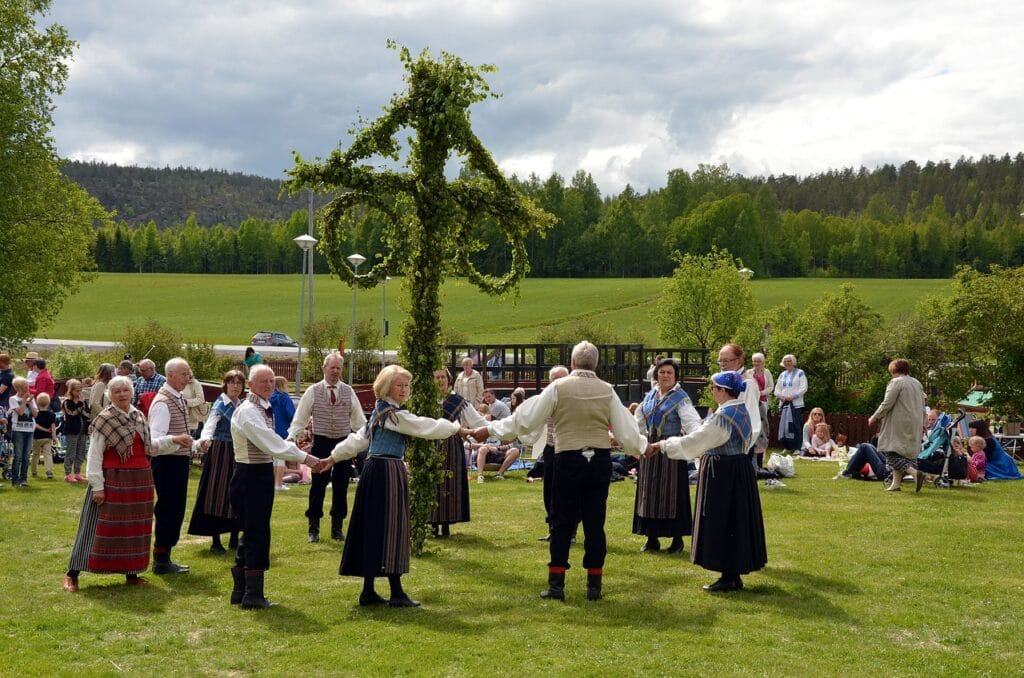May 1st, or May Day, is a unique holiday with two distinct identities: one that celebrates the changing of the seasons, and another rooted in labor rights and international solidarity. Across the globe, this day is marked by a wide range of traditions. Some are joyful and festive, others solemn and political.
Springtime Celebrations
In many cultures, May Day is a celebration of fertility, flowers, and the return of warm weather. These seasonal customs date back thousands of years and often have pagan or folk origins.
- England is famous for its Maypole dancing, where people weave ribbons around a tall pole, accompanied by music and flower crowns.
- In Germany and parts of Scandinavia, May Day celebrations include bonfires and dancing as part of Walpurgis Night, a festival to ward off evil spirits.
- In Hawaii, Lei Day on May 1 celebrates Hawaiian culture with the giving and wearing of flower leis, along with hula and traditional music.
International Workers’ Day
May 1st also serves as International Workers’ Day, commemorating the labor movement’s fight for better working conditions, fair wages, and an eight-hour workday. This side of May Day traces its roots to the 1886 Haymarket affair in Chicago.
- In France, it’s customary to give muguet (lily of the valley) flowers as a token of appreciation and solidarity.
- In Cuba, large parades are held in Havana to honor workers.
- In South Korea, May 1 is known as Labor Day and is a national holiday dedicated to recognizing workers’ contributions.
One Day, Many Meanings
Whether you’re dancing around a maypole or marching for workers’ rights, May Day represents renewal of seasons, rights, and community. It’s a powerful reminder that celebration and advocacy can go hand in hand.

